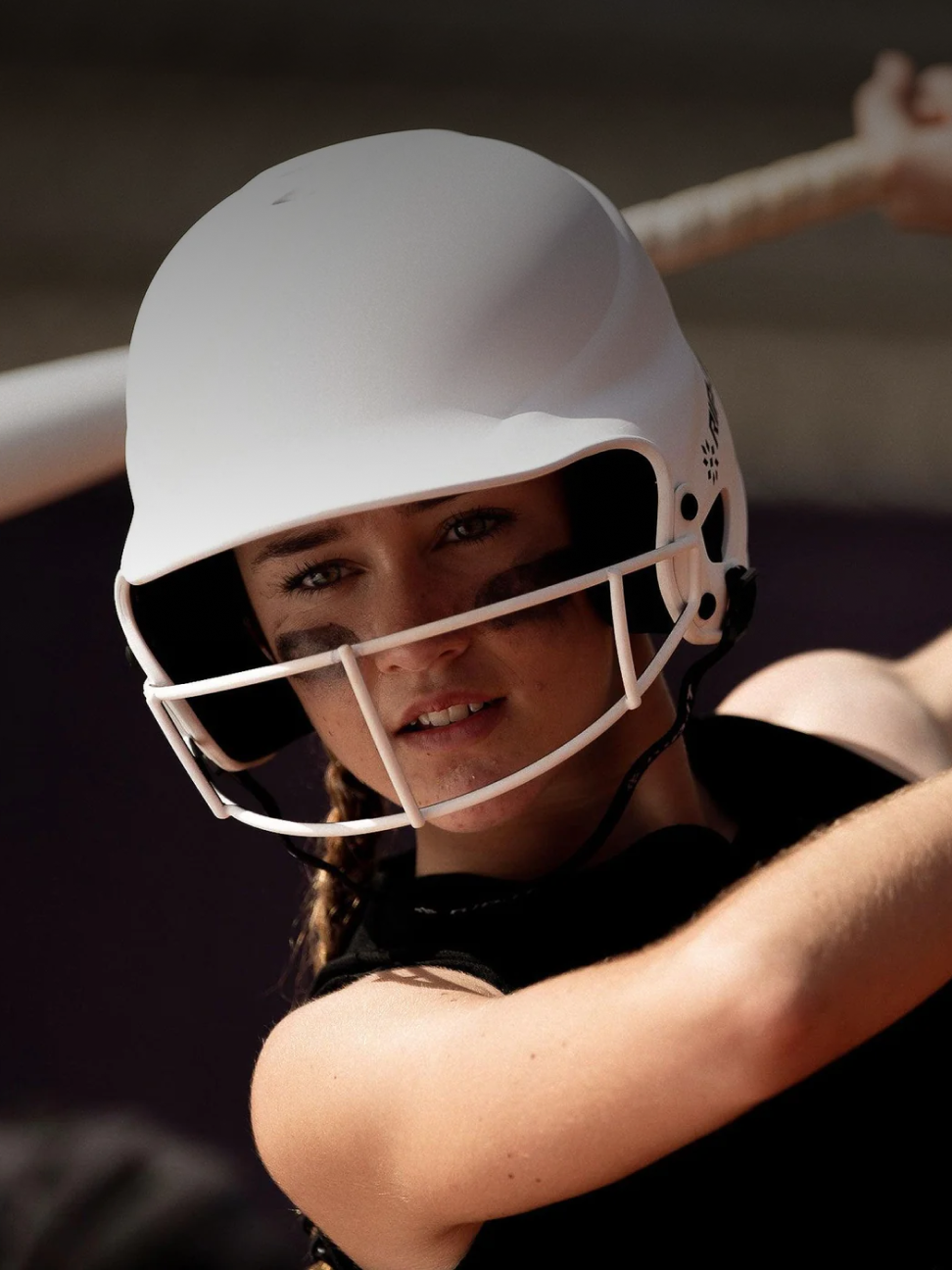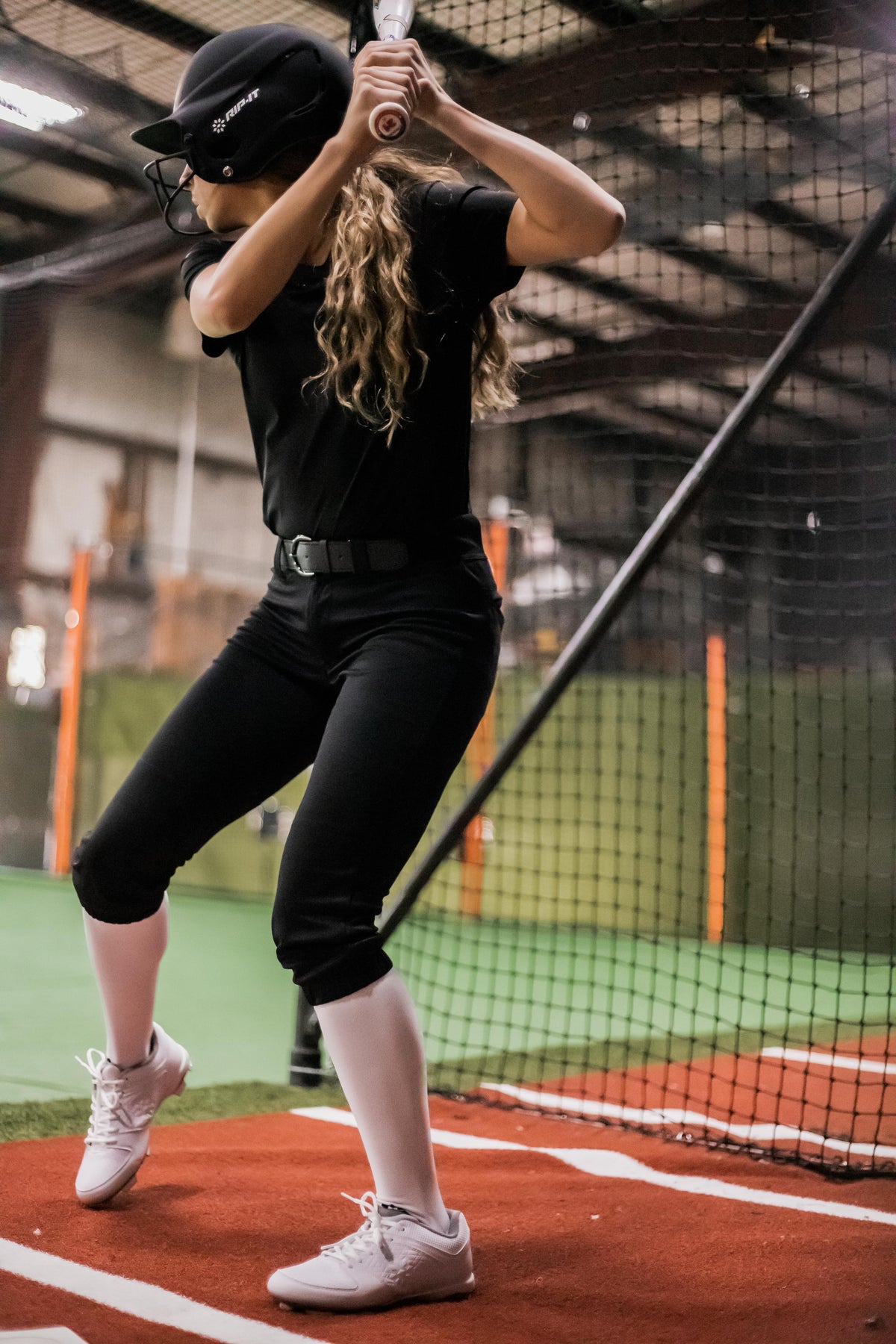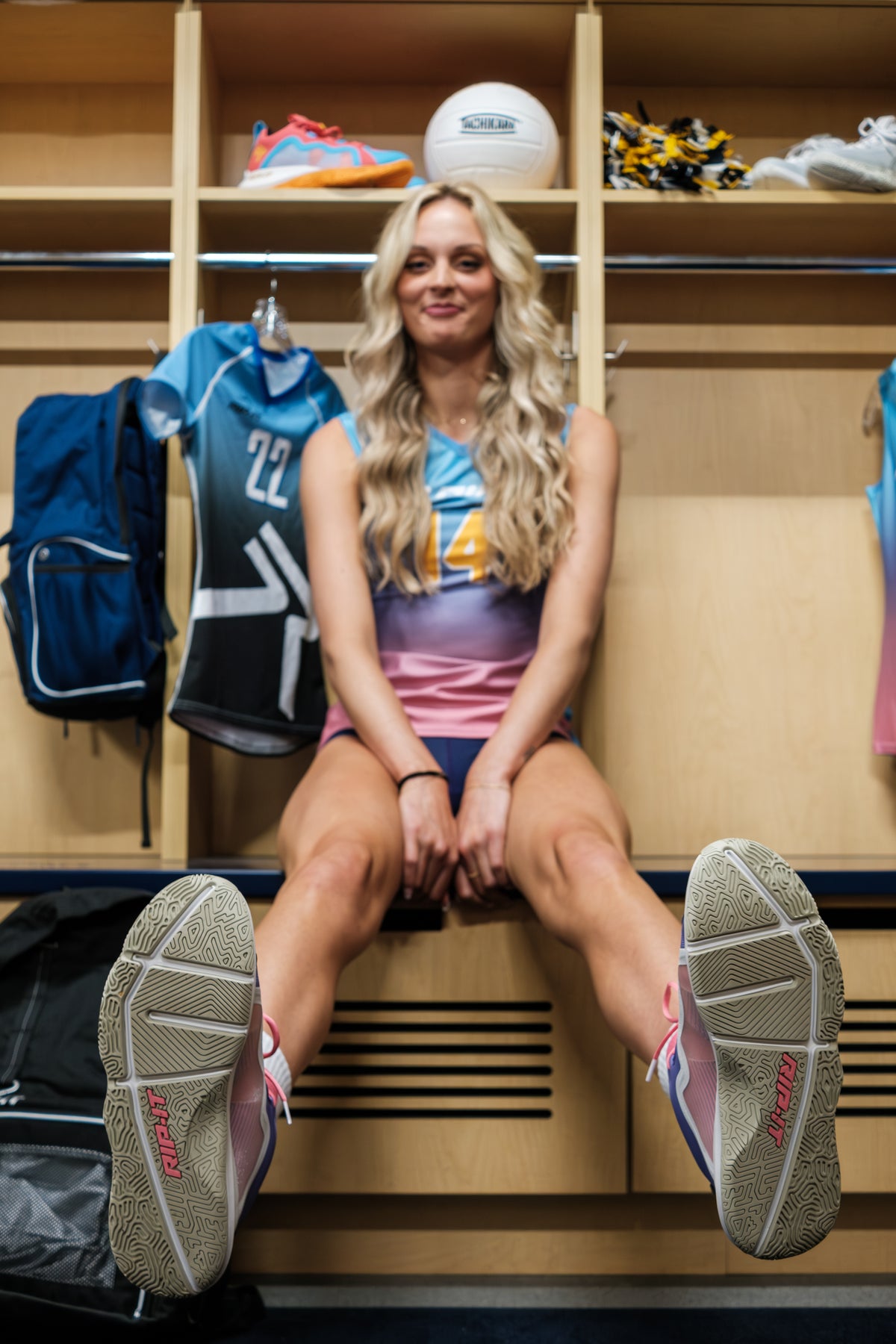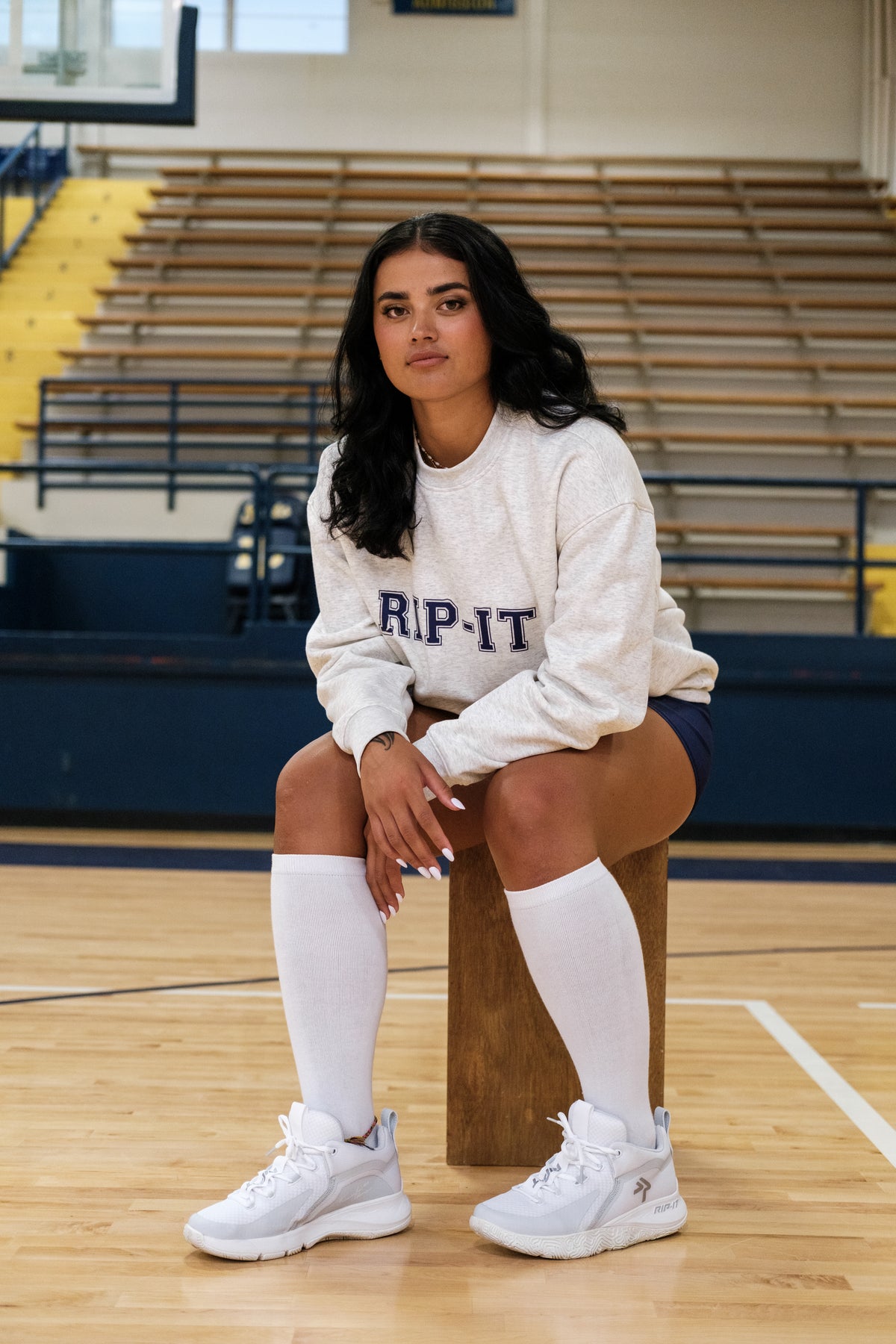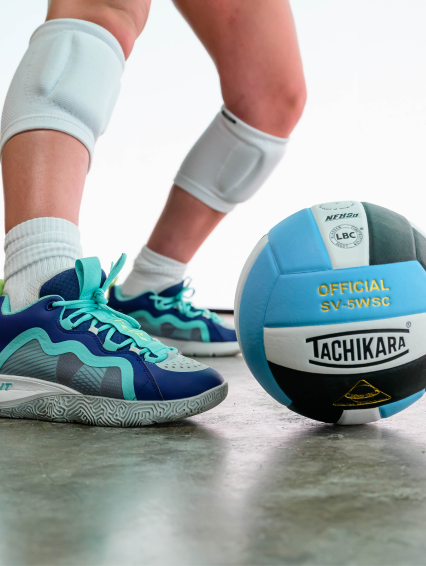A volleyball shoe engineered for Women

For as long as women have been playing volleyball, they have been playing in shoes designed for men. It’s confusing because many brands label shoes ‘womens’ even though the shoe was built for men. By wearing shoes designed for women, volleyball players can take fuller advantage of the speed and power they work so hard for in the gym. Wearing the shoes designed for men also increases the likelihood of lower body injuries. When women wear shoes designed for their bodies, they significantly reduce the risk of lower body injury. We have started the journey to engineer a shoe specifically for women volleyball player’s feet to help solve the problems caused by wearing men’s shoes on the court. And we hope to save some toenails along the way!
We are excited to let you in on a little secret about our women focused volleyball shoe development: we are almost done.
Click here to join the journey. Be the first to know about when they drop. Help us design new colorways!
Women’s Feet Differ From Men’s Feet
Shoes are designed around a mold called LASTS. These molds dictate the shape and proportions of the shoe as it gets produced. A man’s last should be used in designing a shoe for men and a woman’s last should be used when designing a shoe for women. We believe that because men's and women’s feet are different, the shoes that are made for those athletes should be different. Studies have shown over and over that men’s and women’s feet are built differently. A 2001 Penn State study clearly found “that female feet and legs are not simply scaled-down versions of male feet but rather differ in a number of shape characteristics, particularly at the arch, the lateral side of the foot, the first toe, and the ball of the foot.” A second study in 2009 published in the Journal of the American Podiatric Medical Association found the same findings. The big shoe brands know that men and women feet are different.

The image is taken from Gender differences in adult foot shape: implications for shoe design By ROSHNA E. WUNDERLICH and PETER R. CAVANAGH
What difference does it make?
When women volleyball players put their foot into a shoe designed for men, it will feel tighter in the front part of the foot and looser in the heel. Studies on the outcome of women wearing men’s shoes have been conducted in the sport of running because the sport is so popular. But lessons from those studies can inform our understanding of the impact of women playing their sport in shoes designed for men. As an example, a 2021 review posted in the medical journal Physical Activity and Health references studies concluding women have a “... higher incidence of running-related injuries, compared to that of males” citing shoes as a likely contributor. Casey Kerrigan, M.D, founder of a women’s only footwear brand, goes even further. She is quoted in a Women’s Running article saying that shoes that aren’t specifically designed for women reduce their power transfer and increase the risk of injury.
When women cram their feet into a shoe designed around a male last, it’s going to be 70 percent tighter in the forefoot and 30 percent looser in the heel, says Manser. “That causes all kinds of forefoot issues: metatarsalgia, Morton’s neuromas, bunions, blisters,” says Kerrigan. “You’re also going to have issues up the chain, including increased impact on your knees and hips.”
Ashley Mateo, Women’s Running
https://www.womensrunning.com/byline/ashley-mateo/
Click here to join the journey. Be the first to know about when they drop. Help us design new colorways!
Why do sporting goods companies make shoes made for men and then sell them to women?
We can only take educated guesses why sporting goods companies focus their efforts on shoes designed for men. Research and development costs would double if companies focused on shoes designed for both men and women because they would need to double the tooling and lasts. From an inventory management standpoint, sporting goods companies would need to buy significantly more shoes if they moved away from unisex shoes and catered to men and women athletes equally. The vast majority of sporting goods brands ask women volleyball players to wear men’s shoes by conveniently providing a gender-specific size conversion chart right on the shoe box. Some brands will go as far as calling a shoe “a woman’s shoe” even though that shoe was built using lasts and tooling created to fit men.
RIP-IT is just built different. Our focus has always been and will continue to be, women athlete. We have been designing women-specific shoes in Softball for 30 years. That’s why it just made sense to make this volleyball shoe.
Click here to join the journey. Be the first to know about when they drop. Help us design new colorways!
-
link to pubmed.ncbi.nim
-
https://japmaonline.org/view/journals/apms/99/5/0990383.xml
-
https://paahjournal.com/articles/10.5334/paah.109/
-
https://www.womensrunning.com/gear/shoes/innovation-in-womens-running-shoes/



